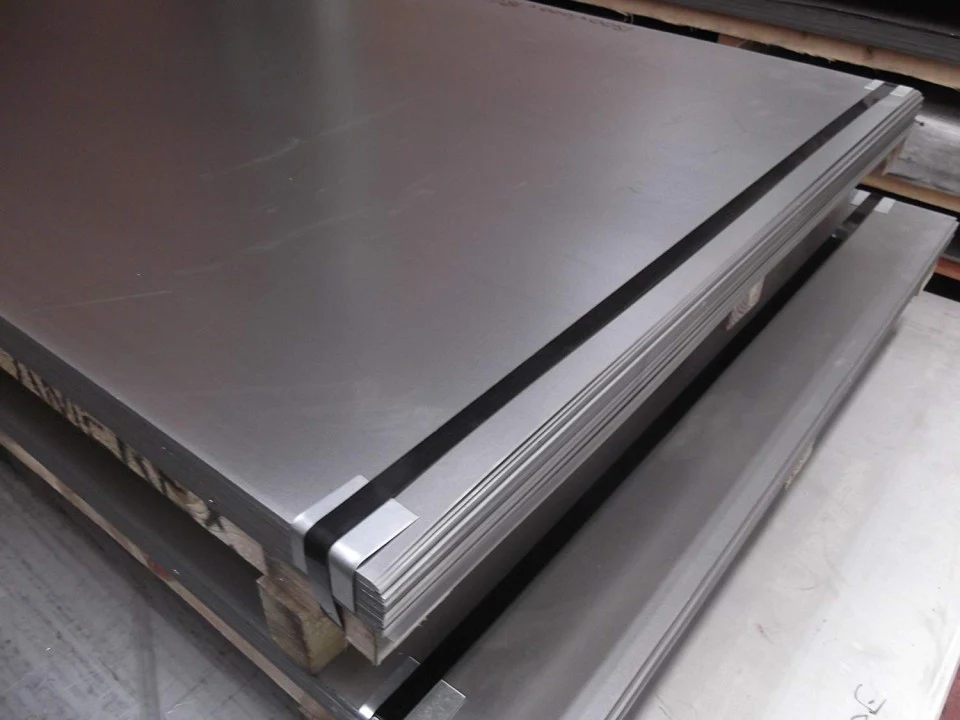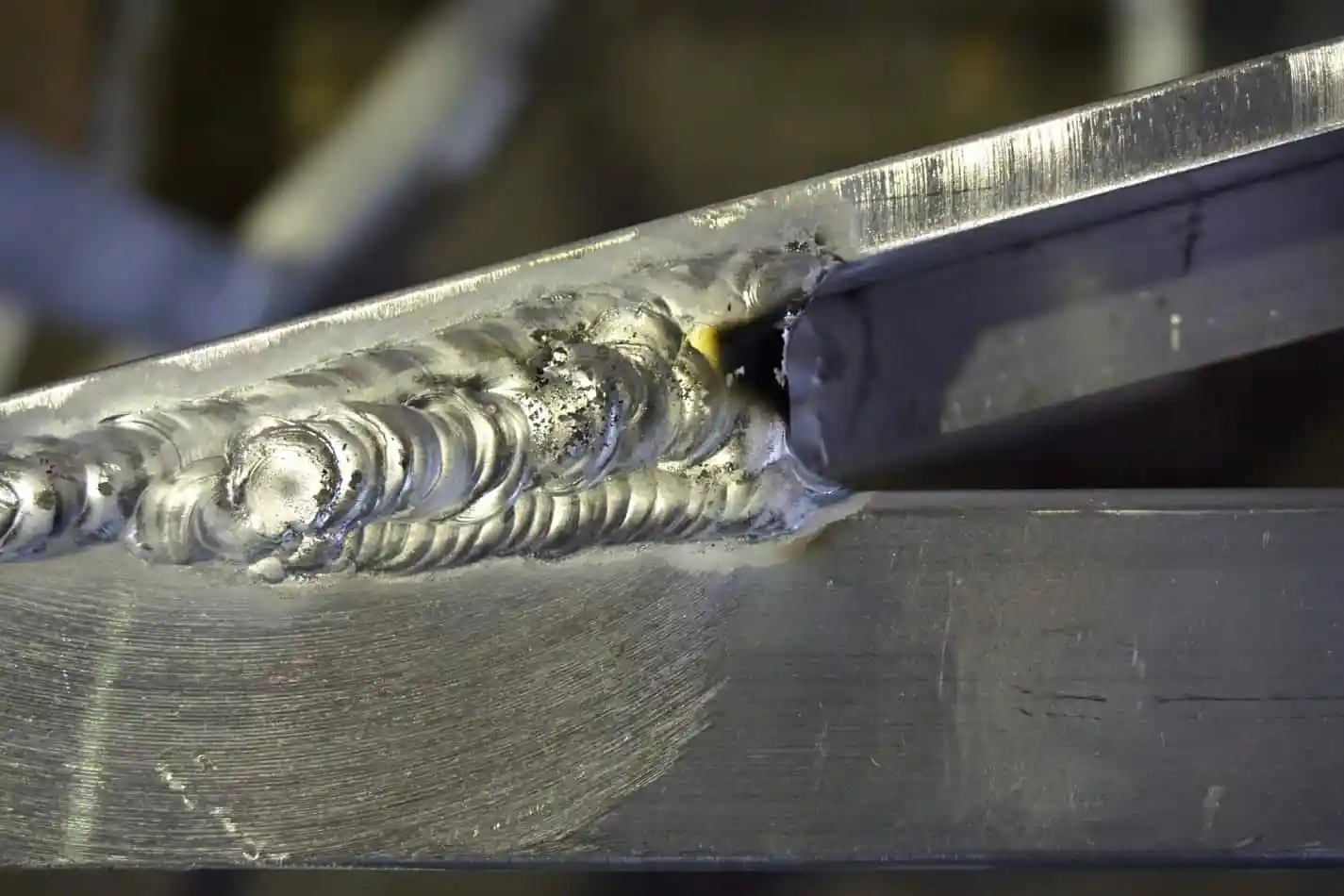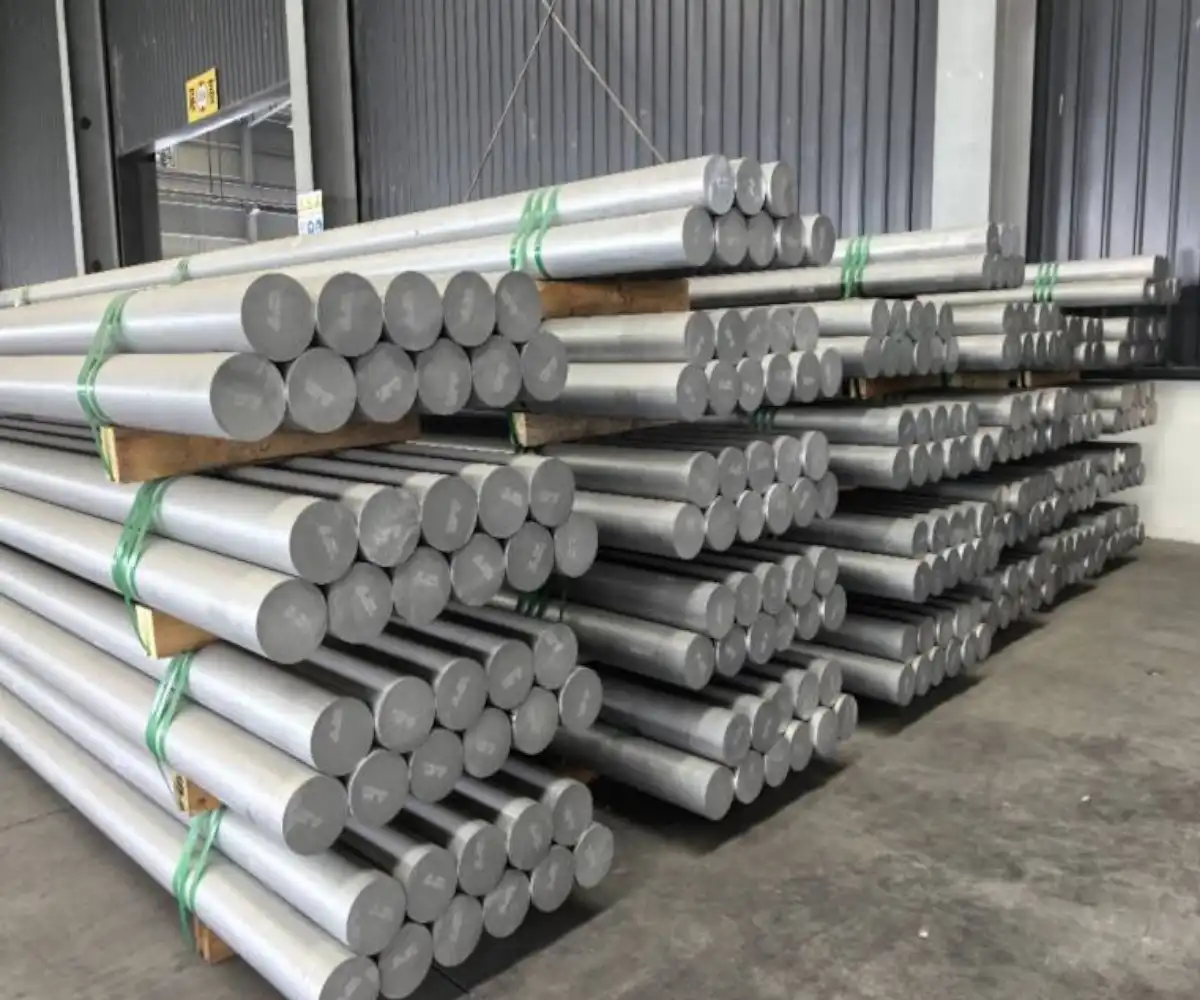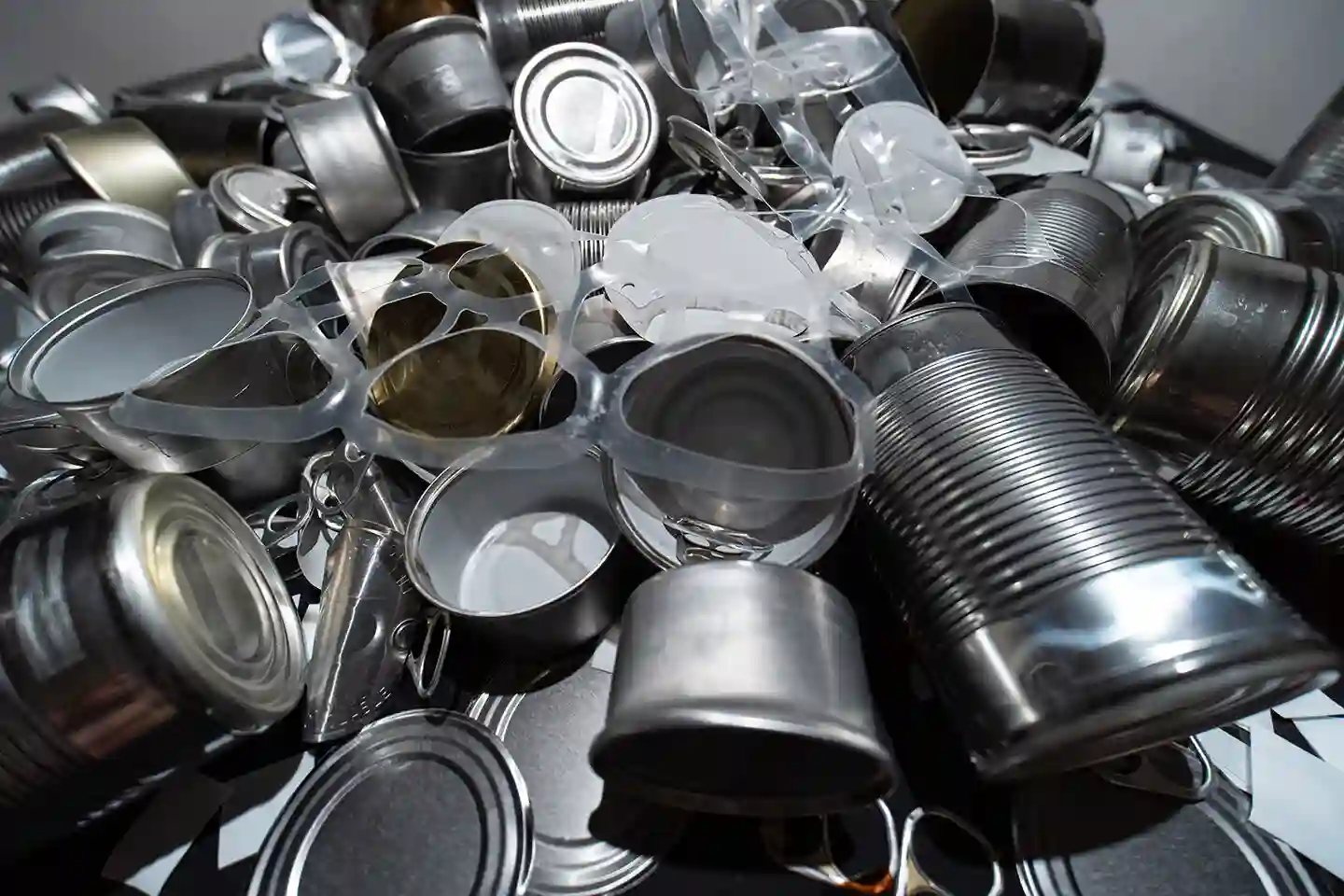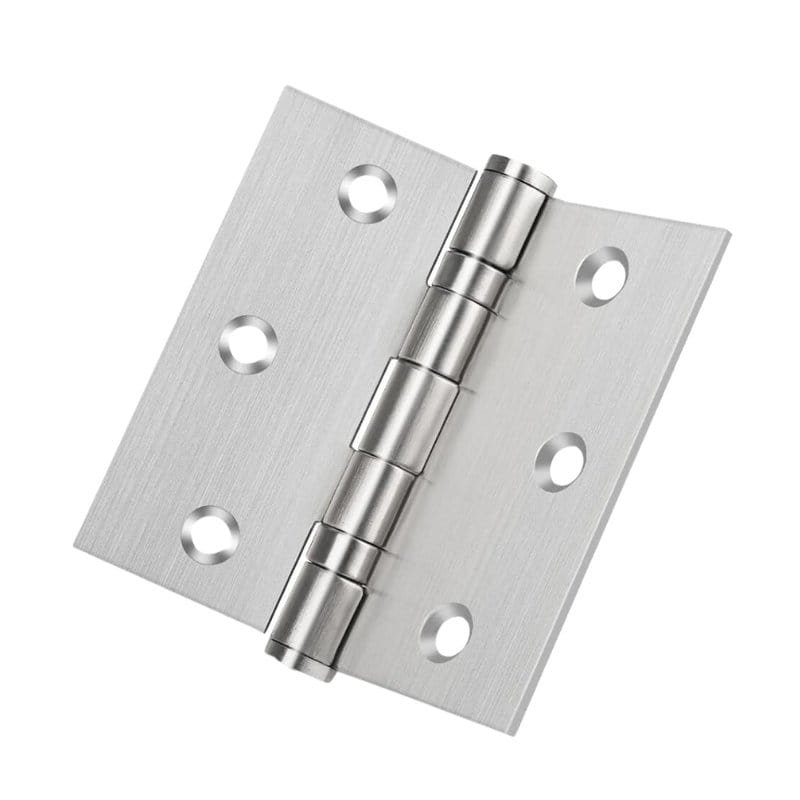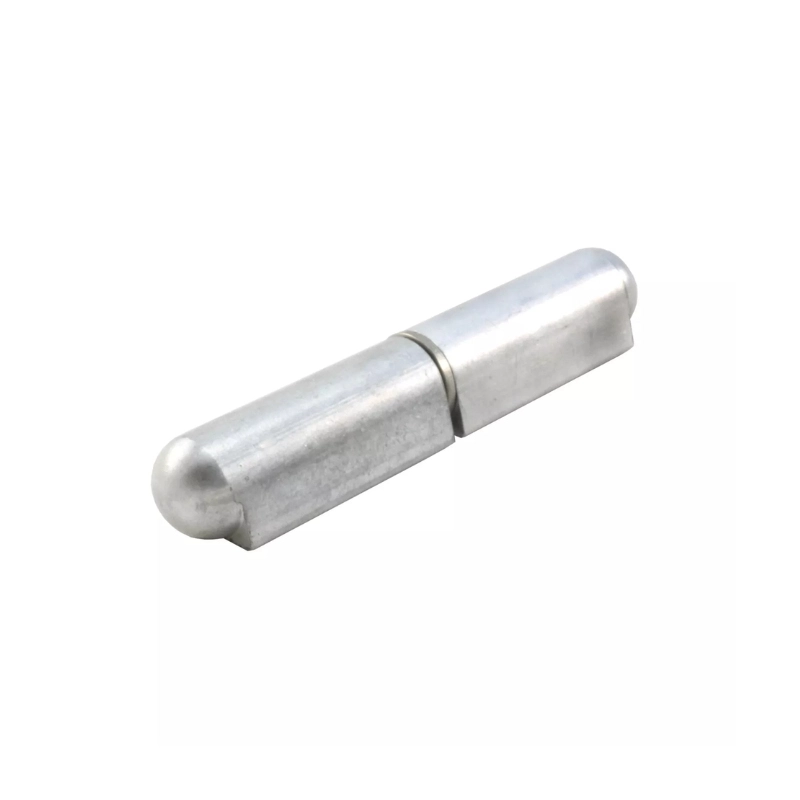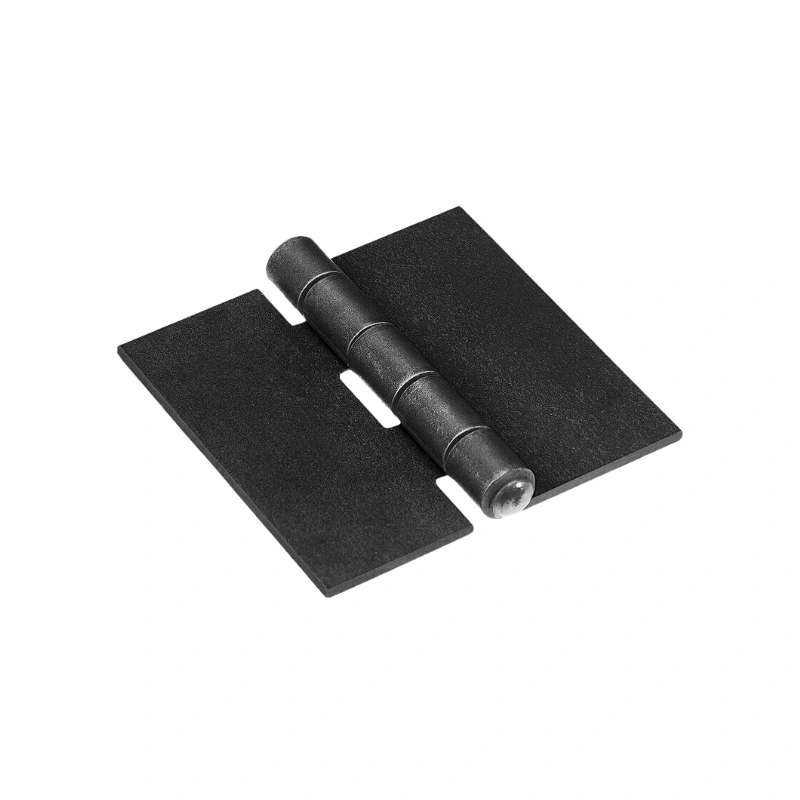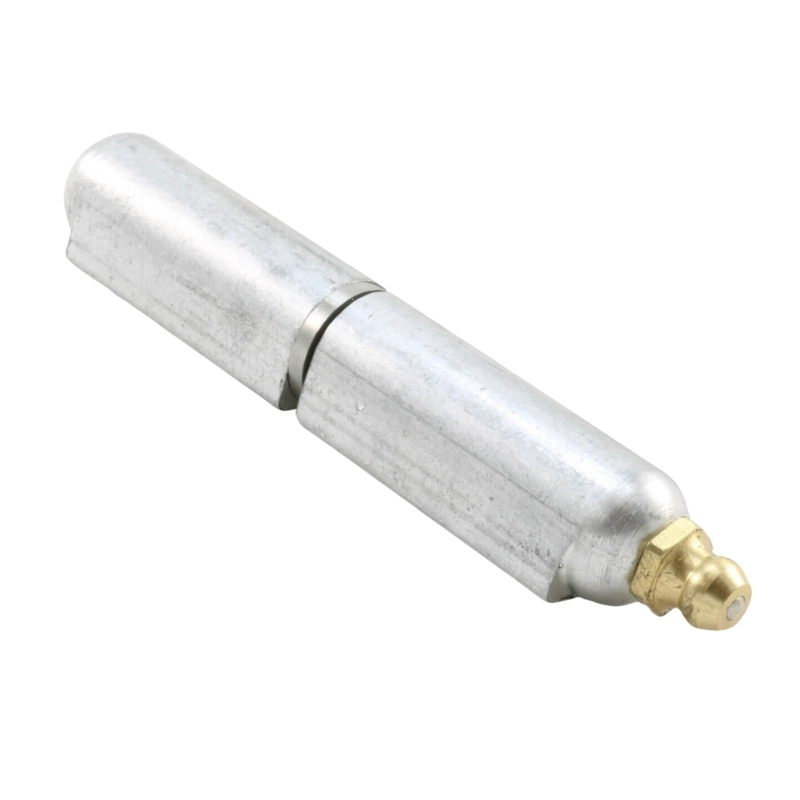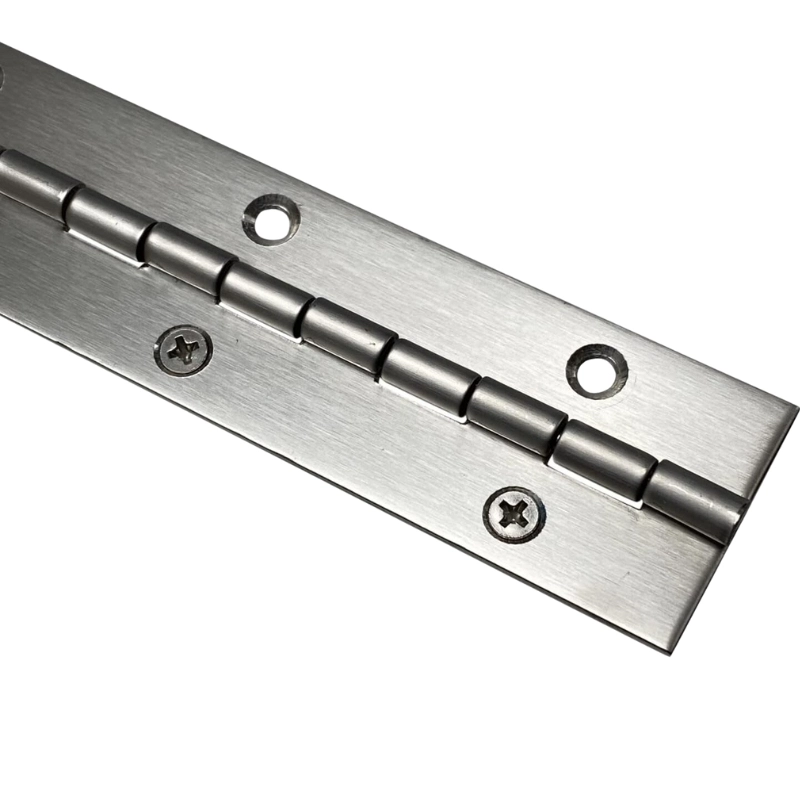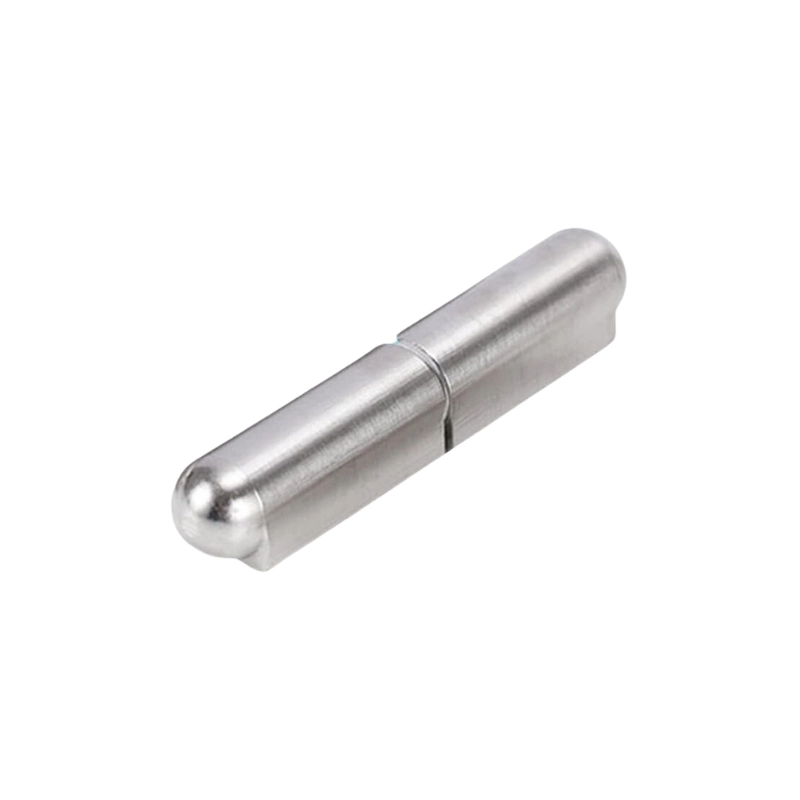When it comes to metal part manufacturing, two widely used processes stand out: investment casting and forging. While both methods are essential to the industry, they serve different purposes based on a variety of factors, such as the complexity of the part, required strength, and production volume.
Choosing between investment casting and forging isn’t always straightforward, which is why understanding the differences can be crucial for achieving the best results.
In this blog, we’ll break down 8 key considerations to help you decide which process is right for your project. Whether you need intricate designs or high-strength components, understanding these factors will guide you in selecting the most suitable manufacturing method.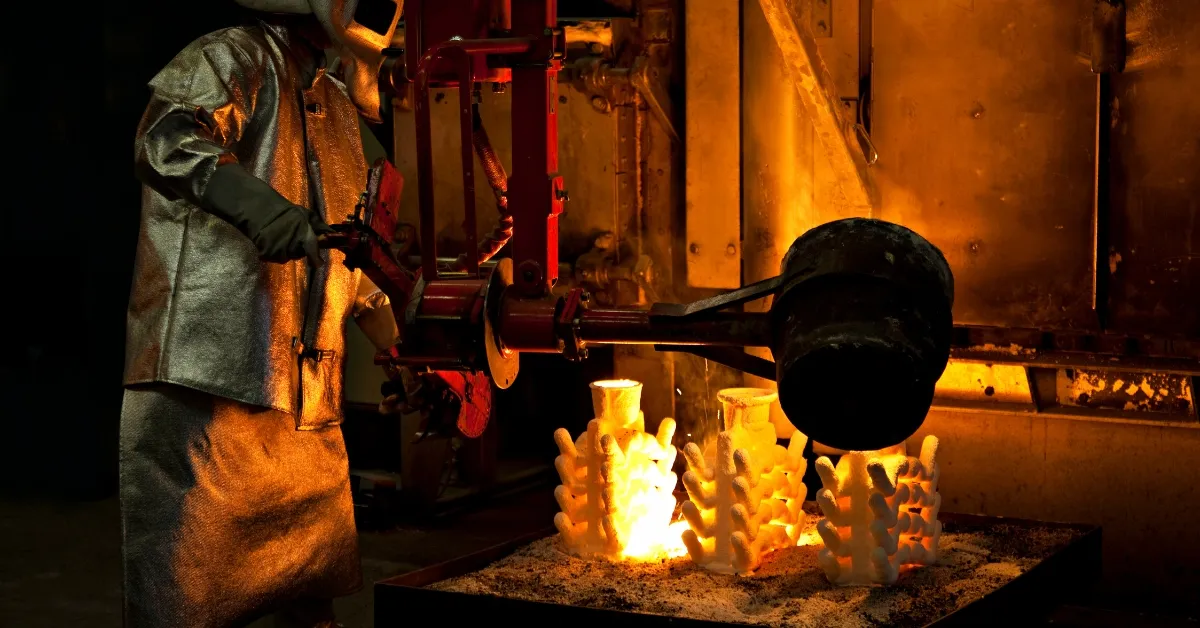
Process Overview: Casting Vs. Forging
Инвестиционное литье:
В литье по выплавляемым моделям, also known as lost-wax casting, the process starts with creating a wax model that mimics the part you want to make. This wax model is then covered with a ceramic material, which hardens into a mold.
Once the ceramic has set, the wax is melted away, leaving a hollow space in the shape of the part. Molten metal is then poured into this ceramic mold.
After it cools, the ceramic is broken away to reveal the final piece. This method works great for producing parts with complex details and smooth finishes.
Ковка:
Ковка is a technique where metal is shaped by applying pressure, usually with high heat involved. The metal is hammered or pressed into the desired form, sometimes through multiple stages.
During this process, the internal structure of the metal is compressed and aligned, which makes the part much stronger.
Because of this, forging is ideal when strength and toughness are key, although it’s not as good for creating intricate shapes.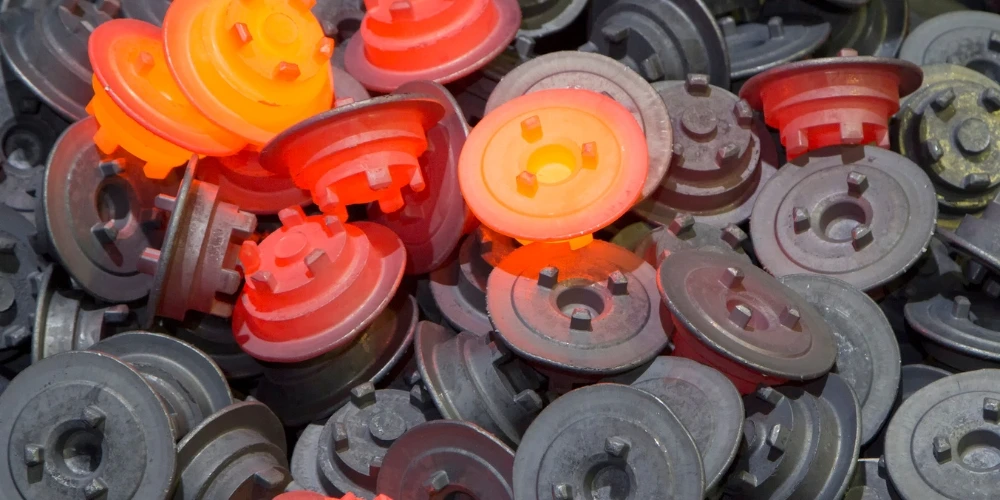
8 Key Considerations
1. Mechanical Properties
- Инвестиционное литье:
When parts are made using investment casting, they usually have slightly lower strength compared to those that are forged. This happens because of how the casting process works—when the metal cools and hardens, it doesn’t create a uniform grain structure.
As a result, cast parts can be more vulnerable to cracking or becoming brittle when exposed to stress. While they can still be quite durable, cast parts are typically better suited for applications where maximum strength isn’t the primary concern.
- Ковка:
Forged parts, however, are known for being much stronger and tougher. The forging process changes the grain structure of the metal in a way that boosts properties like resistance to fatigue and impact.
This makes forging the preferred method when producing parts that need to handle high stress, like those used in cars or airplanes.
2. Design Flexibility
- Инвестиционное литье:
When it comes to design flexibility, investment casting is hard to beat. This process allows for the creation of highly intricate shapes and complex designs with tight tolerances.
Shapes like hollow parts, thin walls, undercuts, internal channels, а также delicate patterns that are difficult or impossible to achieve with other methods are easily cast.
It’s perfect for parts requiring fine details or unique geometries that can’t be produced through forging or machining.
- Ковка:
Forging is better suited for simpler, more symmetrical designs. While it’s excellent for strength, especially for parts like crankshafts, gears, axles, а также connecting rods, it lacks the flexibility of investment casting for creating intricate or irregular shapes.
If your part doesn’t require complexity, forging may still be the better option due to its superior strength and durability.
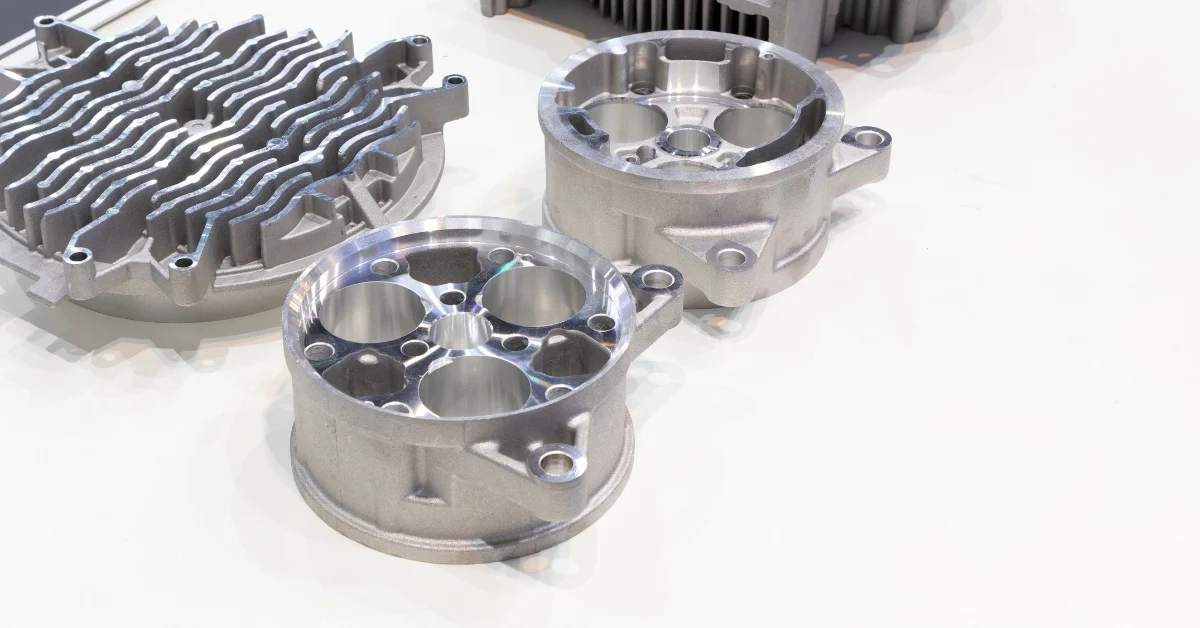
3. Material Efficiency
- Инвестиционное литье:
Investment casting is highly material-efficient, producing parts that closely resemble the final shape with minimal waste.
Its ability to create intricate and complex designs reduces the need for excess material and additional machining, making it a great choice for maximizing material use.
- Ковка:
Forging, although known for producing strong and durable parts, tends to generate more material waste due to the trimming and shaping required.
However, it remains an efficient method for high-volume production, especially when dealing with simpler designs that prioritize strength and durability.
4. Production Volume
- Инвестиционное литье:
Investment casting is generally better suited for low-to-medium volume production. The process involves creating intricate molds, which makes it less efficient for high-volume runs due to the time and cost of mold creation.
- Ковка:
Forging is ideal for high-volume production. Once the initial tooling is set up, forging can handle repeated production cycles more cost-effectively, especially for simpler, durable parts that need to be produced in large quantities.
5. Surface Finish and Post-Processing
- Инвестиционное литье:
Investment casting delivers parts with a smooth surface finish directly out of the mold, often requiring little to no post-processing. This makes it ideal for applications where aesthetics or precision finishes are essential, such as in medical devices or jewelry.
- Ковка:
Forged parts tend to have a rougher surface and often require additional machining or polishing to achieve the desired finish. While stronger, forging typically requires more post-processing steps to refine the part’s appearance and accuracy.
6. Cost
- Инвестиционное литье:
Investment casting generally has higher upfront costs due to the complexity of mold creation and the detailed nature of the process. However, it can reduce costs in the long run by minimizing the need for post-processing and producing intricate parts with minimal waste.
- Ковка:
Forging has higher initial tooling costs, but it becomes more cost-effective for large production runs, especially for simpler designs. While the process requires additional post-processing, forging’s strength makes it the better option for high-volume production.
7. Tolerances and Accuracy
- Инвестиционное литье:
Excels in producing parts with tight tolerances and high dimensional accuracy. The precision of the casting process often eliminates the need for secondary machining, making it ideal for parts that require fine details and close tolerances.
- Ковка:
While forging produces strong and durable parts, it lacks the precision of investment casting. Forged parts may require additional machining to achieve the desired tolerances, especially for applications where high accuracy is critical.
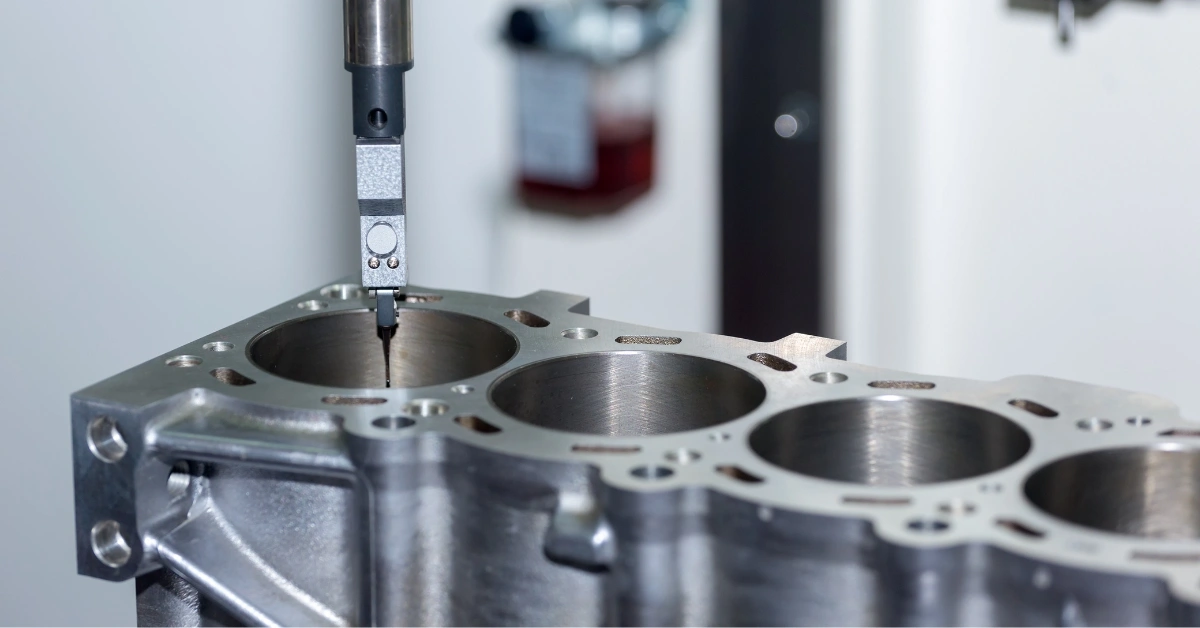
8. Material Variety
- Инвестиционное литье:
Investment casting offers greater material flexibility, accommodating a wide range of metals and alloys, such as алюминий, нержавеющая сталь, титан, а также nickel-based alloys. This makes it suitable for projects requiring specialized materials with specific properties.
- Ковка:
Forging works best with metals like steel, stainless steel, and aluminum, but it may not be ideal for more complex or sensitive materials. While it provides excellent strength, forging is somewhat limited in terms of the variety of metals it can effectively process.
Ideal Applications for Each Process
Investment casting is ideal for projects requiring intricate designs and fine details, such as aerospace components, medical devices, jewelry, and artistic sculptures. The ability to cast complex shapes with tight tolerances makes it perfect for parts that require precision and aesthetic appeal.
Forging is best suited for applications that demand strength and durability. It’s commonly used in automotive, aerospace, and heavy machinery industries to produce parts like gears, crankshafts, and structural components that must withstand high stress. Forged parts are preferred for load-bearing and critical components where mechanical properties are paramount.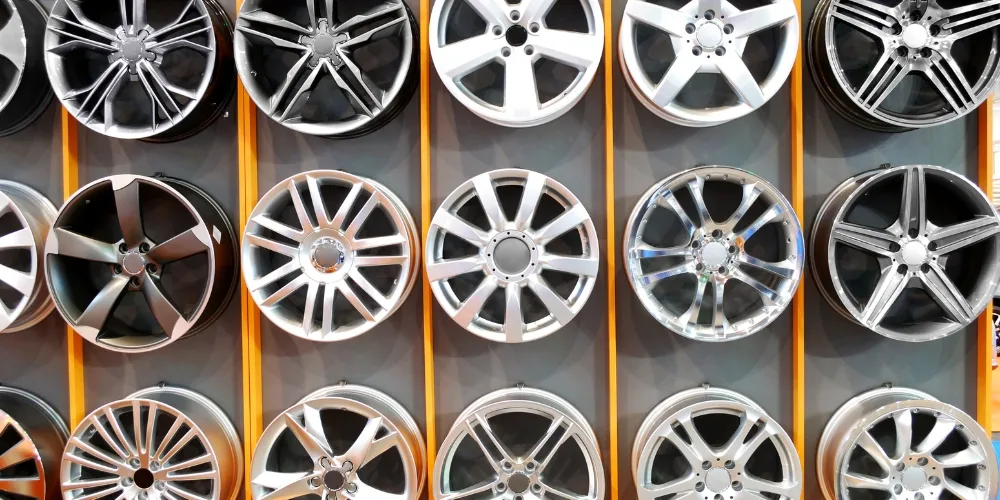
Вывод
Choosing between investment casting and forging depends on your specific project requirements. Investment casting excels in producing complex shapes with high precision, making it ideal for detailed components.
Forging, on the other hand, offers unmatched strength and durability, perfect for heavy-duty applications. Each process has its strengths, whether it’s for intricate designs or high-stress parts.
Consulting experts can help you decide which method is best for your needs. At HDC, we specialize in both processes, ensuring that your project gets the right solution.
Узнайте больше из наших сообщений в блоге.
Недавние Посты
Узнайте больше о нашей продукции.
сопутствующие товары
Мгновенная цена!
